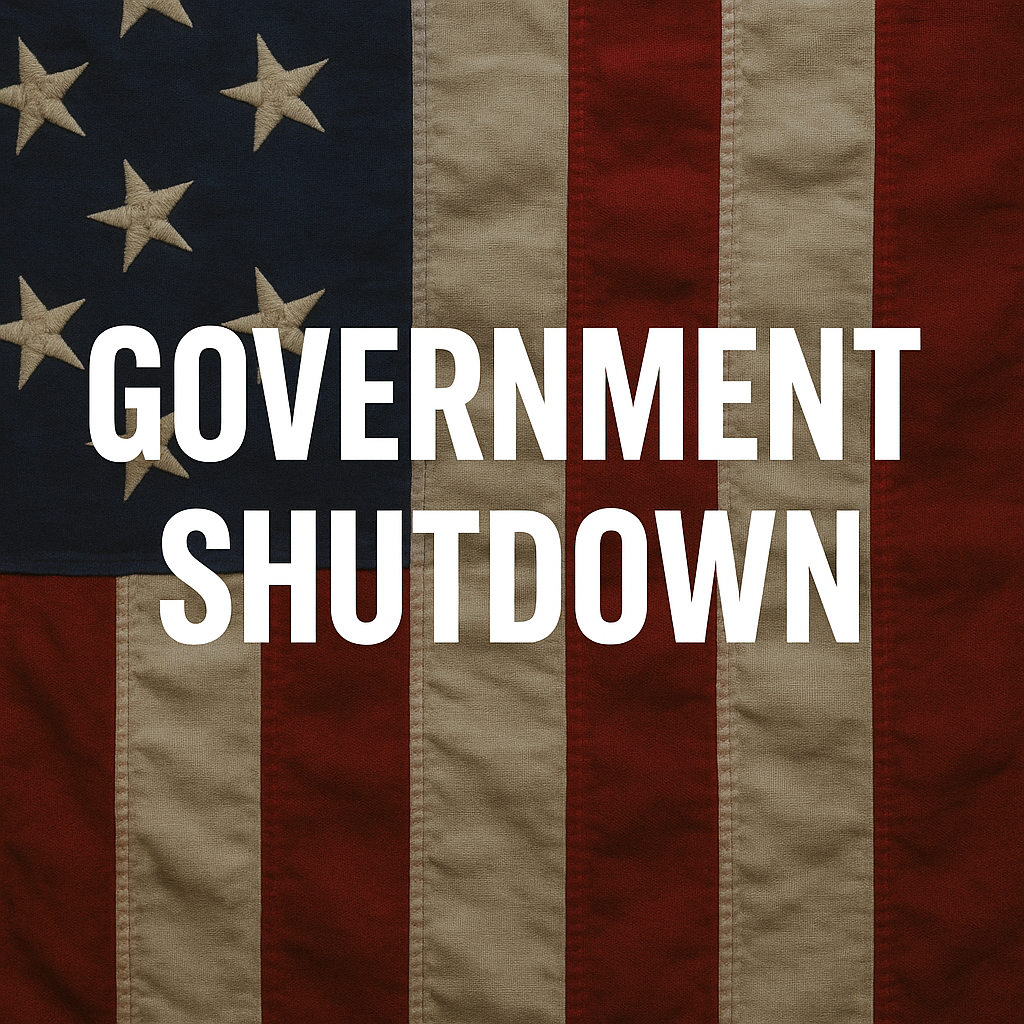"Wyoming in Crisis: How Government Shutdown Is Devastating the Cowboy State"
Casper Buzz
Archives
"Wyoming in Crisis: How Government Shutdown Is Devastating the Cowboy State"
SIGN UP FOR OUR NEWSLETTER
The federal government shutdown that began on October 1, 2025 is now entering its third week, and Wyoming is feeling the strain more than most states. With nearly half of the state’s budget tied to federal funding, Wyoming stands among the most exposed in the nation when Washington gridlock brings everything to a halt.
Governor Mark Gordon has already directed state agencies to take emergency measures to keep critical programs afloat and ensure that employees whose jobs depend on federal dollars continue receiving pay in the short term. But state officials warn these measures are temporary—and that the longer the shutdown continues, the more pressure it will place on Wyoming’s economy and services.
Federal Workforce Faces Uncertainty
Roughly 10,000 federal employees live and work in Wyoming, including those with the Bureau of Land Management, National Park Service, Forest Service, Department of Agriculture, and other agencies vital to the state’s day-to-day functions. Many of these workers are now furloughed or working without pay, uncertain when their next paycheck will arrive.
The average federal salary in Wyoming is about $84,000 per year, meaning millions in wages are frozen each week the shutdown continues. Local businesses—from grocery stores to auto repair shops—are already reporting slower sales as families tighten their budgets.
Tourism and Federal Lands
Tourism is one of Wyoming’s economic lifelines, and federal lands play a central role in that industry. Yellowstone National Park and Grand Teton National Park remain technically open, but staffing has been cut to the bone. Rangers, maintenance crews, and visitor services are running on skeleton teams, leaving trash collection, road maintenance, and restroom cleaning largely to concessionaires or volunteers.
For gateway towns like Cody, Jackson, and Dubois, this couldn’t come at a worse time. Fall tourism traffic typically gives these communities a final boost before winter, but reduced services are causing some visitors to cancel or cut trips short. Business owners say even a modest drop in tourism spending will ripple through their local economies.
Energy, Ranching, and Agriculture
The shutdown is also creating bottlenecks for Wyoming’s energy and agricultural sectors. The Bureau of Land Management is operating with minimal staff, delaying permits and slowing approvals for oil, gas, and mineral operations across the state. For ranchers, the Farm Service Agency and Natural Resources Conservation Service—key offices for loans, disaster aid, and grazing permits—are largely closed. Without federal employees processing payments and contracts, many Wyoming producers face delayed income and uncertainty about upcoming conservation programs. Industry groups warn that if the shutdown lasts much longer, small family operations could feel significant financial pain.
Family Assistance Programs
Programs like WIC (Women, Infants, and Children) and SNAP (Supplemental Nutrition Assistance Program) continue to operate using emergency reserves, but those funds are temporary. Families relying on federal assistance have been urged to prepare for possible benefit delays if the shutdown continues into November.
Meanwhile, Social Security, Medicare, and Veterans Affairs healthcare remain funded, but local offices report slower response times and rising call volumes as fewer federal employees handle a growing workload.
Tribal and Rural Communities
On the Wind River Reservation, federally funded agencies such as the Bureau of Indian Affairs are operating with limited capacity. Some services have already been delayed, though the Indian Health Service continues to function under advance appropriations passed last year. Tribal leaders are closely monitoring how long emergency reserves can sustain essential programs.
Rural communities across Wyoming that depend on federal grants—for infrastructure, broadband expansion, or emergency management—are also at risk if the shutdown persists beyond a few more weeks.
The Broader Economic Picture
Wyoming’s economy is uniquely intertwined with the federal government. Beyond direct jobs, the federal presence supports tourism, infrastructure, and energy development. A prolonged shutdown could slow revenue for both the state and small towns that rely on consistent federal spending.
State analysts estimate that even a one-month shutdown could cost Wyoming tens of millions of dollars in lost wages, deferred projects, and reduced visitor spending. For a state already working to diversify its economy, this kind of disruption exposes just how dependent Wyoming remains on Washington’s stability.
The Bottom Line
The federal shutdown may feel like a distant political fight, but in Wyoming, it’s personal. Federal workers are bracing for missed paychecks, park towns are struggling to keep tourists coming, and small ranching and energy operations are caught in the red tape.
If the shutdown continues much longer, Wyoming’s communities—from the federal offices in Casper and Cheyenne to the park gateways in Jackson and Cody—could face long-term economic damage. |

